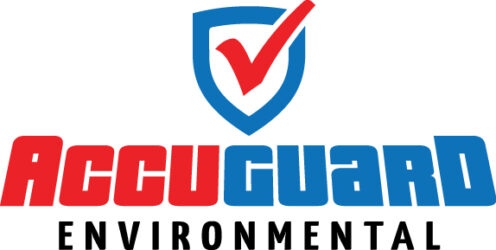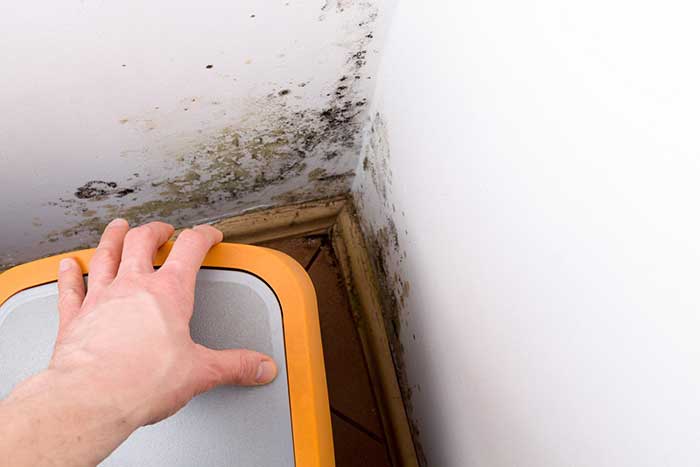Mold is a common household issue that can often go unnoticed until it becomes a significant problem. Recognizing the signs of hidden mold and knowing how to investigate its source are crucial steps in maintaining a healthy home environment. In this guide, we’ll explore the key indicators of hidden mold, how to locate its source, what to do next upon discovery, and the importance of hiring a professional inspector for thorough assessment.
Signs You Should Look Out For
- Visible Mold Spores: Keep an eye out for any visible signs of mold spores, which may appear as fuzzy patches or discoloration on surfaces.
- Musty, Damp Odor: A persistent musty or earthy smell in certain areas of your house can indicate hidden mold growth behind walls or under flooring.
- Unexplained Allergic Reactions: If you or your family members experience unexplained allergic symptoms like sneezing, coughing, or skin rashes, hidden mold might be the culprit.
- Moisture Stains: Water stains on walls, ceilings, or floors could signal an underlying moisture issue that promotes mold growth.
How to Find the Source
- Inspect Common Moisture Zones: Check areas prone to moisture buildup such as bathrooms, kitchens, basements, and around windows for any signs of mold growth.
- Use a Moisture Meter: Invest in a moisture meter to detect hidden water leaks or dampness in building materials, which can lead to mold growth.
- Examine HVAC Systems: Mold can lurk in air ducts and HVAC units, spreading spores throughout your home. Regular inspection and maintenance are essential.
- Look Behind Furniture and Appliances: Don’t forget to inspect behind large furniture pieces, appliances, and in dark, less frequently visited areas of your home.
What to Do Next
- Address Moisture Issues: Fix any leaks, improve ventilation, and reduce humidity levels to prevent mold from thriving.
- Clean and Disinfect Affected Areas: Use appropriate cleaning solutions to remove visible mold and sanitize surfaces.
- Dispose of Porous Materials: Porous items heavily affected by mold may need to be safely discarded to prevent further contamination.
- Monitor for Recurrence: Regularly check for mold growth in previously affected areas and stay vigilant about moisture control.
- Seek Professional Help: Consider hiring a certified mold inspector to conduct a comprehensive assessment for hidden mold issues.
Hiring a Professional Inspector to Help You Uncover Hidden Mold
- Expertise and Training: Certified mold inspectors have the knowledge and tools to identify hidden mold accurately and recommend appropriate remediation steps.
- Thorough Evaluation: Professionals can conduct in-depth inspections, including moisture testing and air sampling, to assess the extent of mold contamination.
- Safe Remediation Process: Proper containment and removal of mold are critical for preventing cross-contamination and ensuring a safe living environment.
- Peace of Mind: By enlisting the services of a professional inspector, you can rest assured that hidden mold issues are addressed effectively, protecting your home and health.
Don’t let hidden mold compromise the safety and well-being of your household. Stay proactive in identifying and addressing mold concerns to maintain a healthy indoor environment for you and your loved ones. If you suspect hidden mold in your house, don’t hesitate to seek assistance from a qualified mold inspector to mitigate the risks and ensure thorough remediation.

